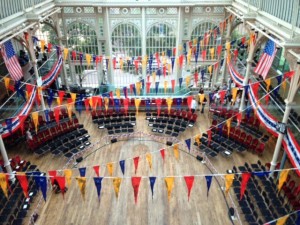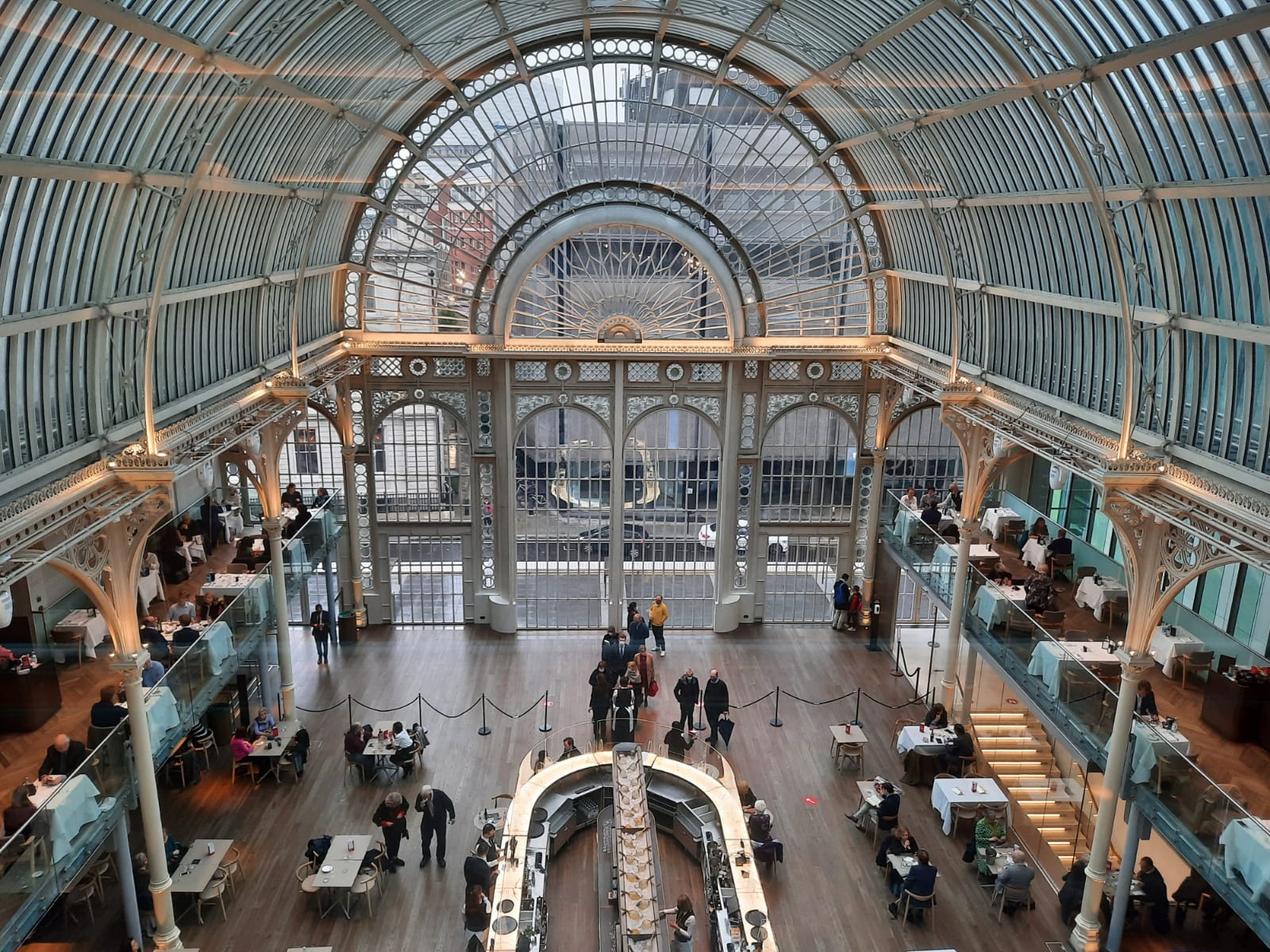Nobody’s Baby: The World’s Greatest Show – Royal Opera House, London

Nobody’s Baby
Staged in the Paul Hamlyn Hall at the Royal Opera House, which is normally a pre-show bar and restaurant, Nobody’s Baby instead transformed the space into a 1930s American dance hall. And we, as the audience, became spectators at a dance marathon. Depression-era dance marathons, eventually outlawed, preyed on the destitute and the desperate, offering them the chance to win a life changing sum of money if they were the last couple standing. Hours turned into days, which turned into weeks, which turned into months. The longest of these marathons clocked in somewhere around 5 months.
It may not be surprising, then, that there are strong elements of voyeurism throughout this piece. Unlike the Royal Opera House’s main stages, in the Paul Hamlyn Hall we were seated close to the action; witnesses to the increasing levels of suffering of the participants, particularly when they engaged directly with audience members. During the interval, the performers continued to dance while the audience stretched their legs, chatted or went off for refreshments, making us seem almost complicit in the exploitation. The final solo seemed intent on reinforcing this link and prolonging the uncomfortable gaze, although I did feel that after more than two hours, the point had been sufficiently made.
Something A Little Different
I enjoyed seeing something quite different at the Royal Opera House, and so did a lot of London’s dance community judging by the critics and dancers in the audience. The inclusion of amateurs from the local community gave it a real sense of authenticity, and Ewan Wardrop, Alexander Varona and Valentina Golfieri, as, respectively, the MC, floor judge and nurse, gave it enough of an element of genuine entertainment to mitigate the serious reflection on the American Dream.
It brought to mind another performance whose proposal and cancellation I followed with interest: Exhibit B, by Third World Bun Fight with the Barbican. This was to be a series of tableaux based on the ethnographic displays which turned Africans into exhibits. Both bring up ideas around the complicity of the spectator, which I find interesting and worthwhile, although not necessarily a light-hearted evening at the theatre.

